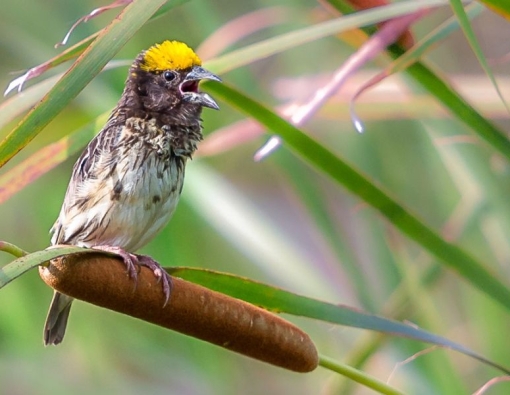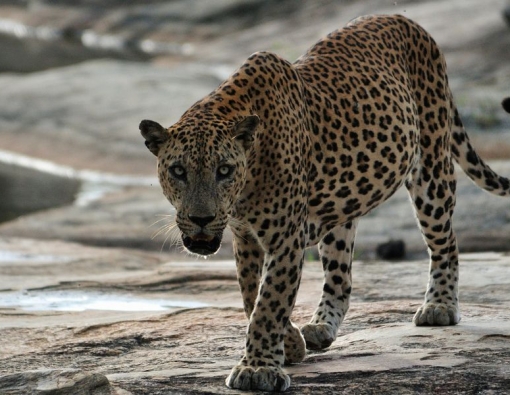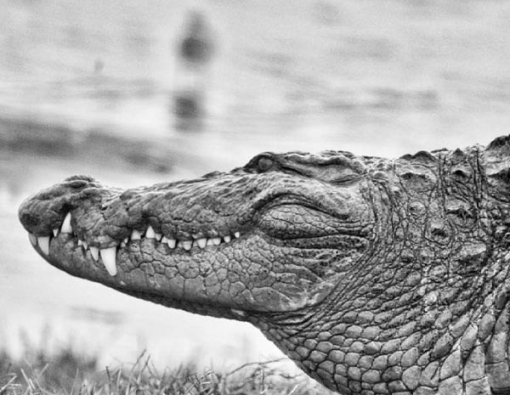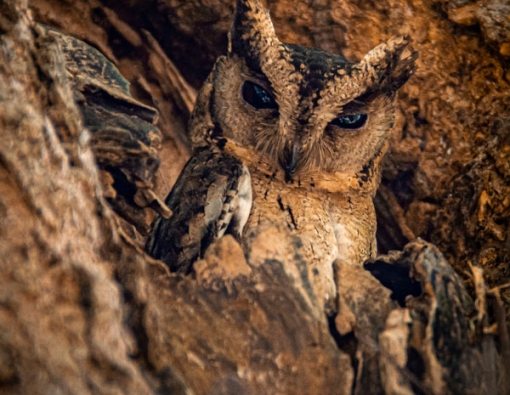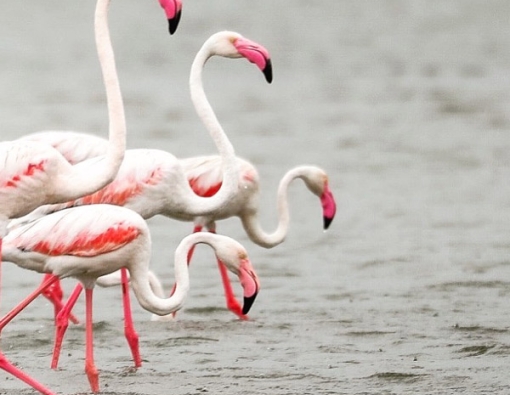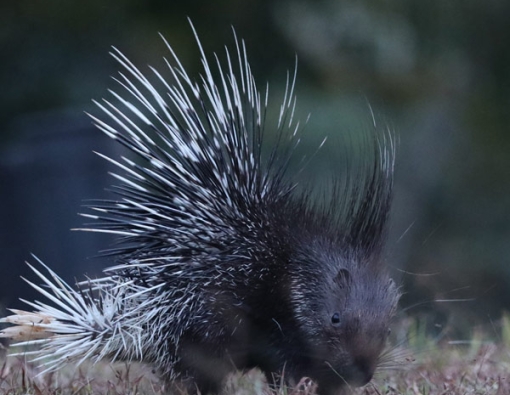The Ultimate Guide to Leopard Safaris in Wilpattu National Park
The Ultimate Guide to Leopard Safaris in Wilpattu National Park
Wilpattu National Park, located in the northwestern part of Sri Lanka, is one of the most popular wildlife destinations in the country. Known for its dense forests, unique “Willus” (natural lakes), and exceptional biodiversity, Wilpattu is particularly famous for its leopard population. This guide provides everything you need to know about planning a leopard safari in Wilpattu, from the best time to visit to choosing the right accommodation.

What is the Best Time to See Leopards in Wilpattu National Park ?
Leopards are elusive creatures, and spotting them requires both patience and good timing. While Wilpattu National Park is open year-round, the best time for leopard sightings is during the dry season, from May to September. During this time, water sources in the park dry up, forcing leopards and other wildlife to congregate around the “Willus.”
Optimal Safari Times
- Early Morning (6:00 AM – 9:00 AM): Leopards are most active during the cooler hours of the morning.
- Late Afternoon (3:00 PM – 6:00 PM): Leopards may also be spotted lounging or hunting in the late afternoon.
It’s worth noting that luck and the expertise of your safari guide play a big role in spotting leopards, so always opt for an experienced guide or naturalist to enhance your chances.
Wilpattu or Yala: Which is Best for Leopard Sightings?

Sri Lanka is home to the highest density of leopards in the world, and both Wilpattu and Yala National Parks are renowned for leopard safaris. But which one is better for spotting these majestic big cats?
Wilpattu National Park
- Pros:
- Quieter and less crowded compared to Yala, offering a more serene experience.
- Dense vegetation makes spotting leopards more thrilling.
- Offers a variety of habitats, from forests to wetlands.
- Cons:
- Leopards are less habituated to vehicles and may be harder to spot.
Yala National Park
- Pros:
- Yala is famous for its high leopard density and frequent sightings.
- Open terrain makes it easier to spot leopards from a distance.
- Cons:
- Can be overcrowded, especially during peak seasons.
- Less diversity in landscapes compared to Wilpattu.
Verdict: If you prefer a quieter, more immersive experience, Wilpattu is ideal. For almost guaranteed sightings and shorter safaris, Yala may be the better choice.

Leopard Population in Wilpattu National Park
Wilpattu’s leopards (scientific name: Panthera pardus kotiya) are a subspecies unique to Sri Lanka. Although exact population numbers are not readily available, conservationists estimate that Wilpattu hosts one of the largest leopard populations in the country, thanks to its vast size and diverse habitats.
Well-Known Leopards of Wilpattu
- The Wilpattu King: A dominant male often spotted near Maradanmaduwa. Known for his majestic build and striking rosettes.
- Queen of Thimbiri Wila: A famous female leopard often seen with her cubs near Thimbiri Wila.
These iconic leopards, among others, have been frequently photographed and documented by wildlife enthusiasts and researchers.
Selecting the Best Accommodation Before a Wilpattu Safari

Your choice of accommodation can significantly enhance your safari experience. Staying close to the park’s entrance ensures early access to prime wildlife-spotting areas. Here are two excellent options to consider:

1. Mahoora Tented Safari Camp – Wilpattu
- Why Choose Mahoora?
- Elite tented accommodation that blends seamlessly with nature.
- Private safaris with expert guides to maximize your leopard sightings.
- Gourmet meals and campfire experiences under the stars.
- Website: www.mahoora.com

2. Big Game Tented Safari Camp – Wilpattu
- Why Choose Big Game?
- Comfortable and eco-friendly tented accommodation.
- Affordable rates with excellent service.
- Strategically located close to the park entrance, ensuring quick access to safari trails.
- Website: www.srilankabiggamesafaris.com
Both camps offer an authentic wilderness experience, combining comfort with proximity to Wilpattu’s wildlife action.

How to Get to Wilpattu National Park
By Road
- From Colombo: Approximately 3.5–4 hours (185 km) via the A3 and Puttalam-Anuradhapura road.
- From Negombo: Around 3 hours (160 km).
- From Anuradhapura: A short 1-hour drive (45 km).
By Train
The nearest train station is in Puttalam, from where you can hire a taxi or take bus to reach the park.
By Air
Domestic flights to Palaviya (Puttalam Airport) are available, followed by a short drive to Wilpattu.





